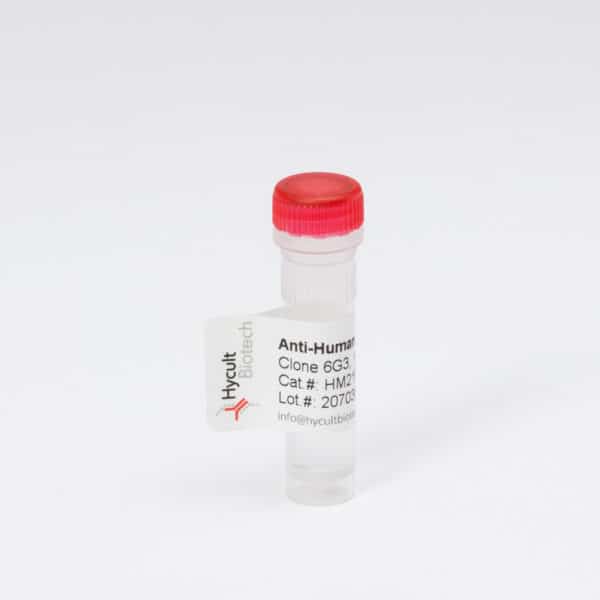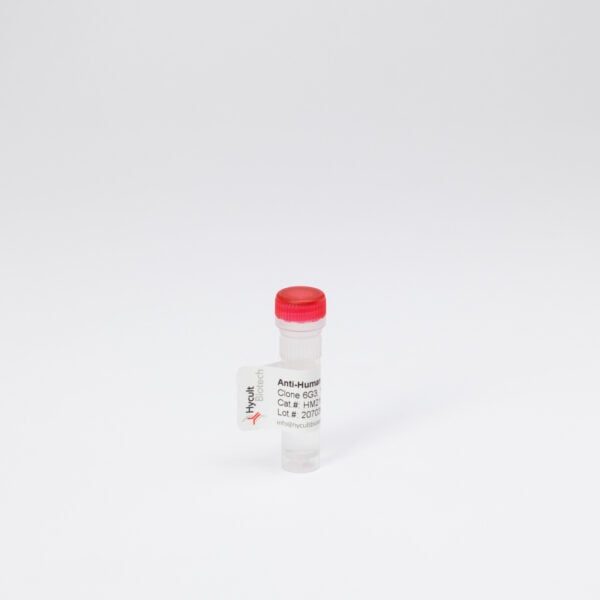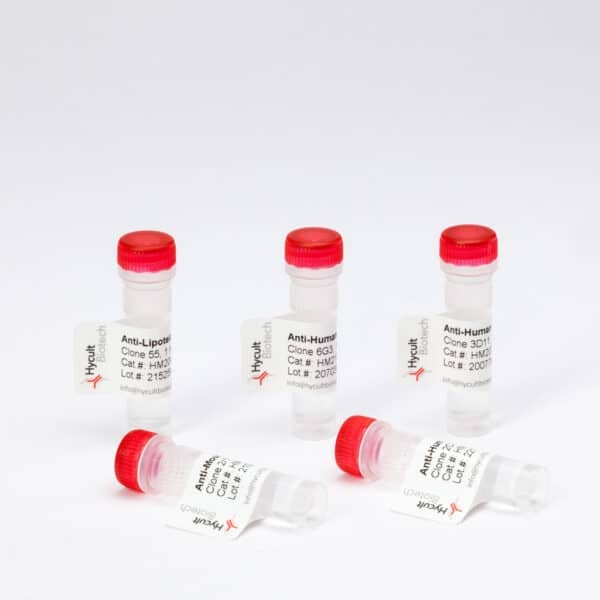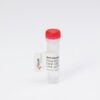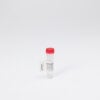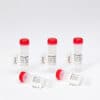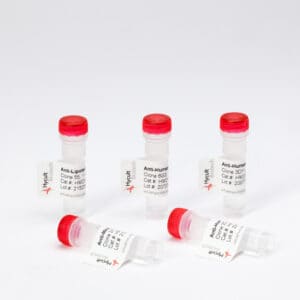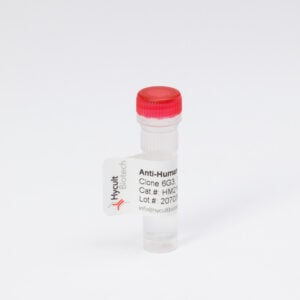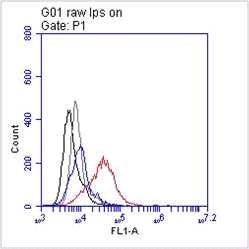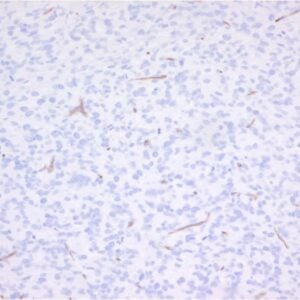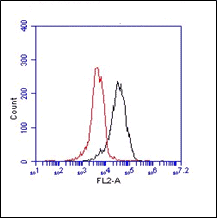PAI-1, Human, mAb MA-55F4C12
€133.00 – €368.00
Plasminogen activator inhibitor type-1 (PAI-1), a member of the serine protease inhibitor (serpin) superfamily is an important protein in the regulation of fibrinolysis. PAI-1 is unique among the serpins because of its functional and conformational flexibility. PAI-1 is the most important physiological inhibitor of both tissue-type plasminogen activator (t-PA) and urokinase-type plasminogen activator (u-PA). Increased PAI-1 levels are associated with thrombotic events and is an established risk factor for cardiovascular diseases. The active conformation PAI-1 inhibits its target proteinases by the formation of a stable, inactive complex. Although PAI-1 is synthesized as an active molecule, it converts spontaneously to an inactive, latent form that can be partially reactivated by denaturing agents. In addition, a third conformation reacting as a non-inhibitory substrate towards various target proteinases has been identified. The epitope of monoclonal antibody MA-55F4C12 is within the stretch of 29 amino acids in PAI-1 (region Glu128-Ala131). Glu128, Val129, Glu130, Arg131 and Lys154 are the major determinants. All five residues act cooperatively in the binding to MA-55F4C12 and constitute the epitope. The epitope of the antibody does not cover the complete alpha-helix F and turn connecting alpha-helix F and beta-strand s3A, but is restricted to the hinge region between alpha-helix F and the main part of the PAI-1 molecule. The monoclonal antibody MA-55F4C12 is a ‘switching’ antibody, capable of inducing a non-inhibitory substrate form of PAI-1. The antibody cross reacts with rat and mouse PAI-1.
